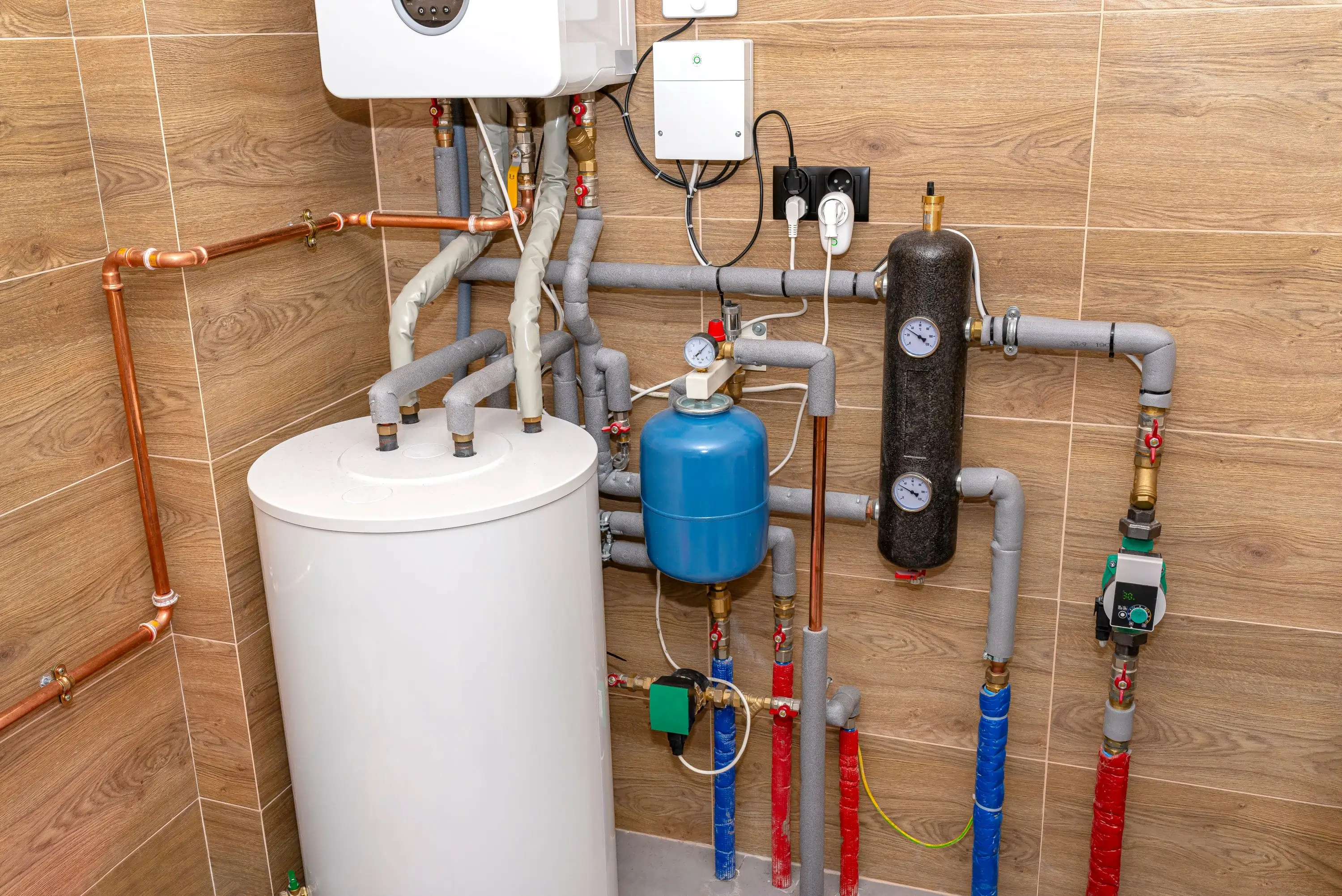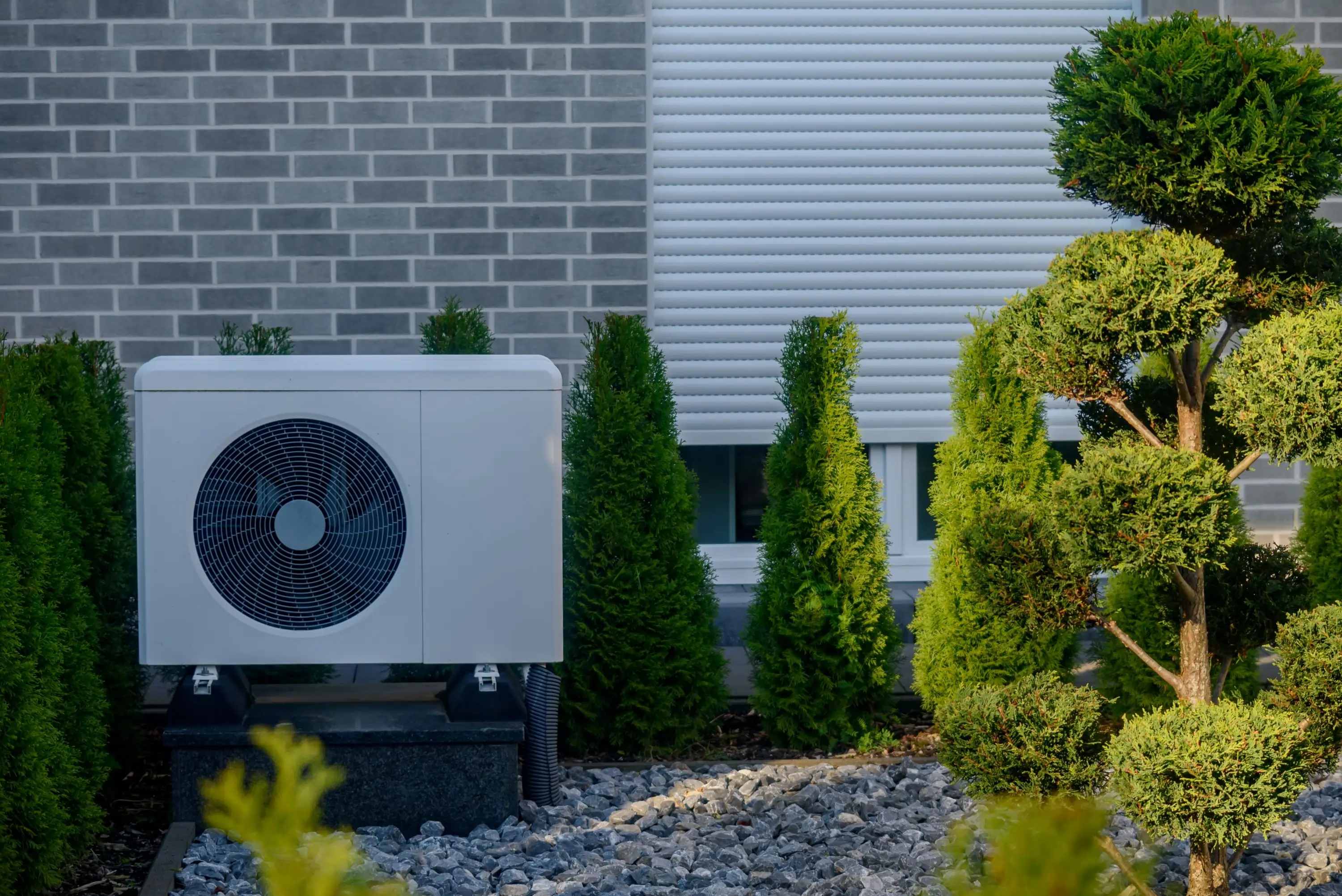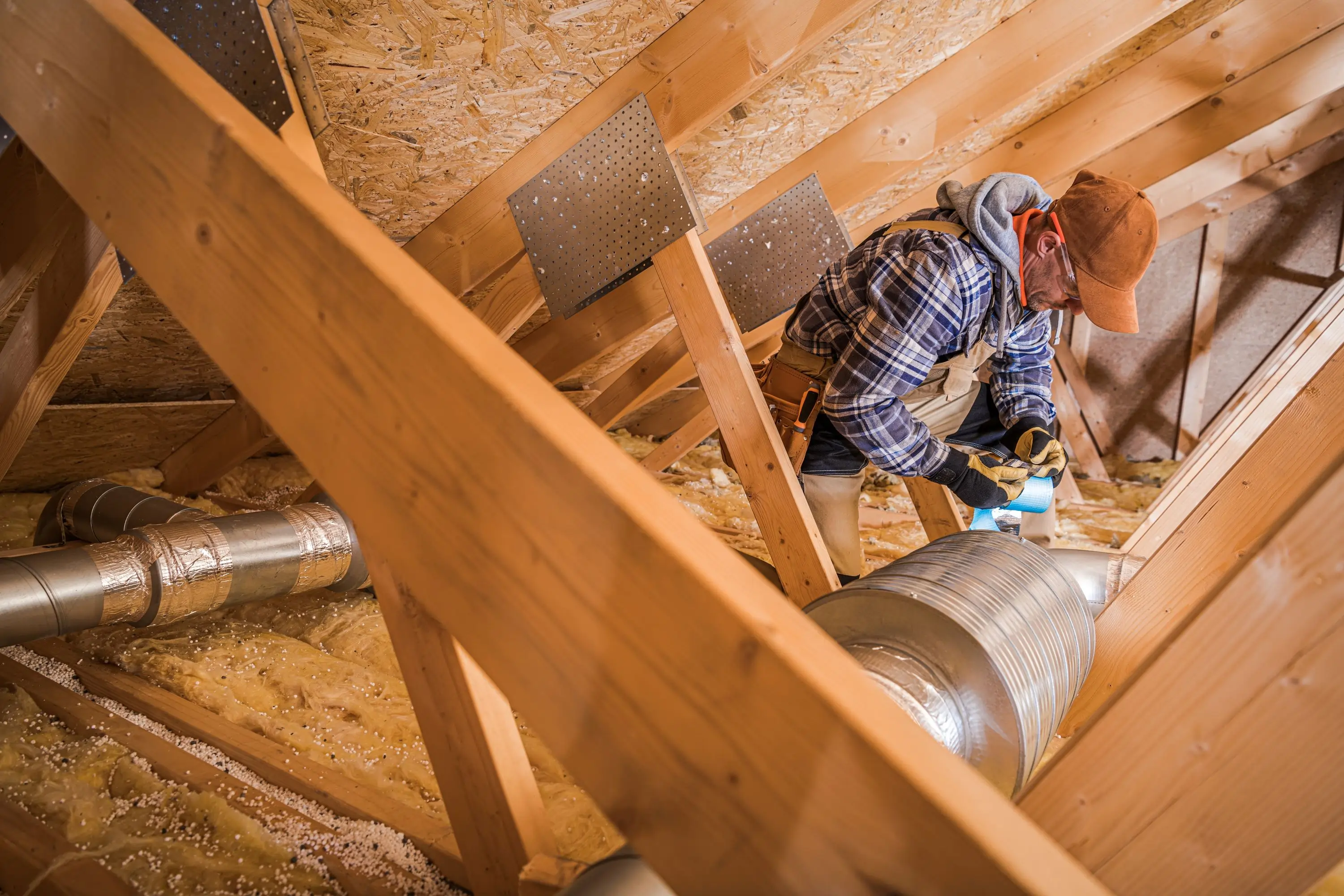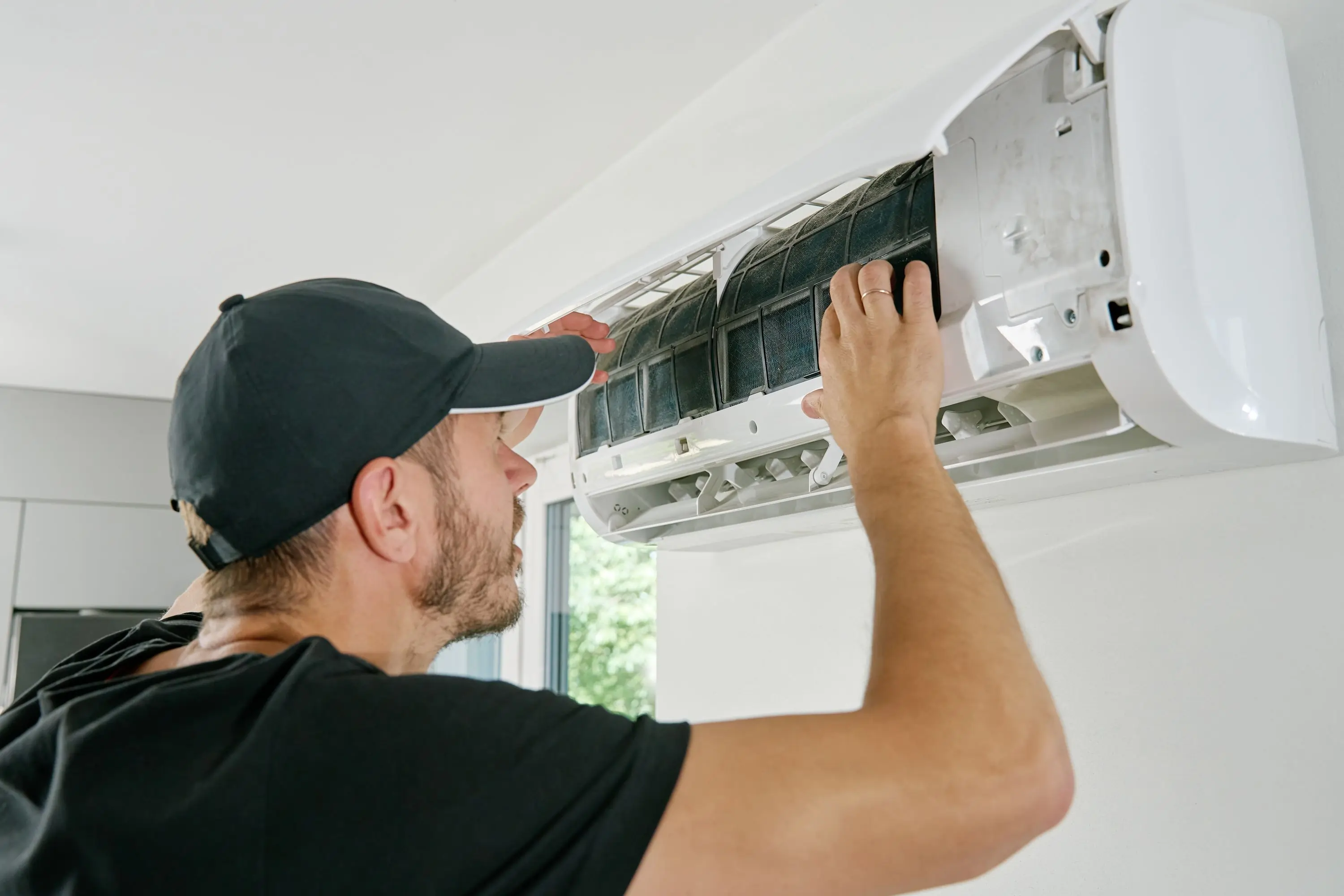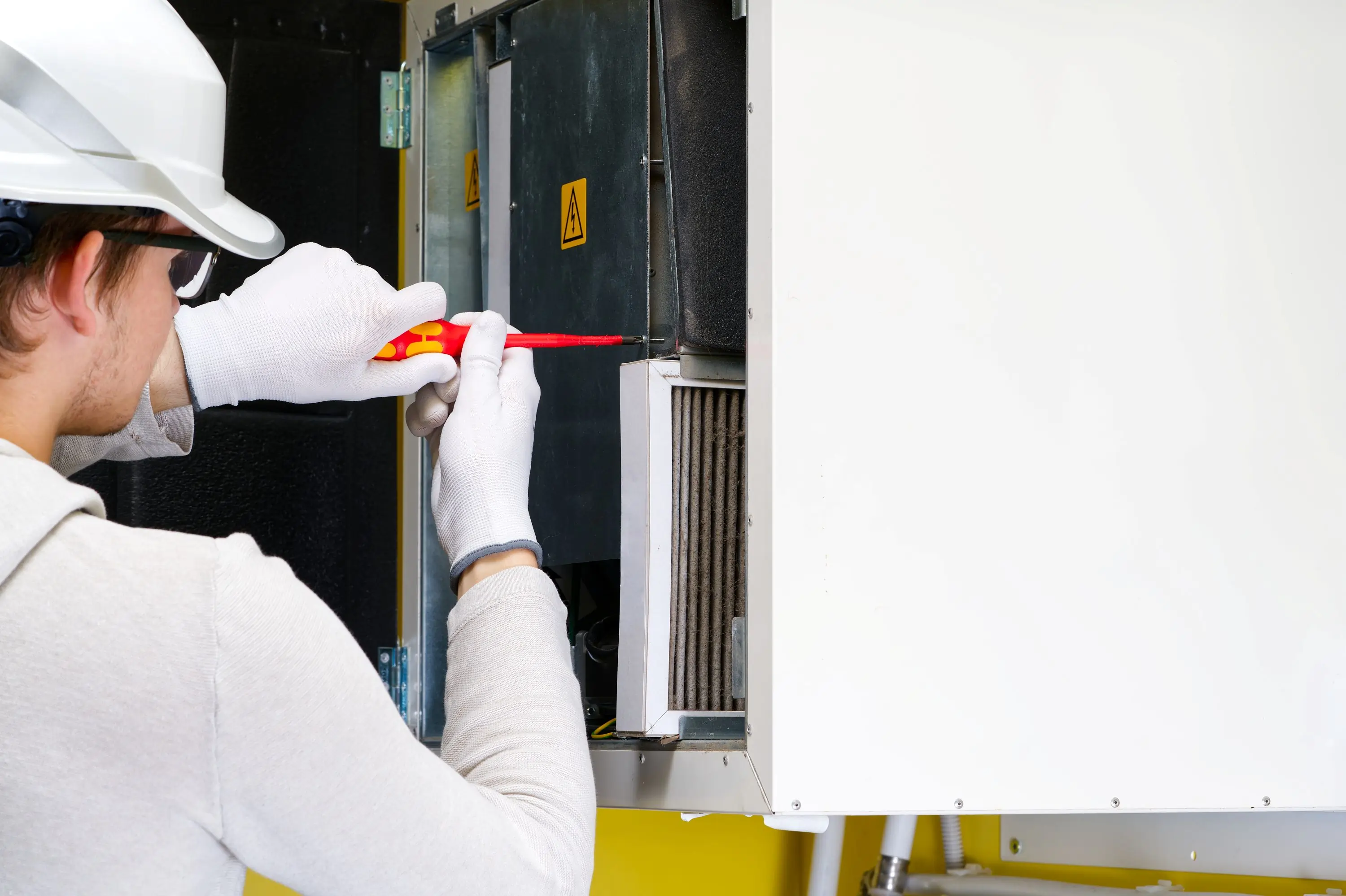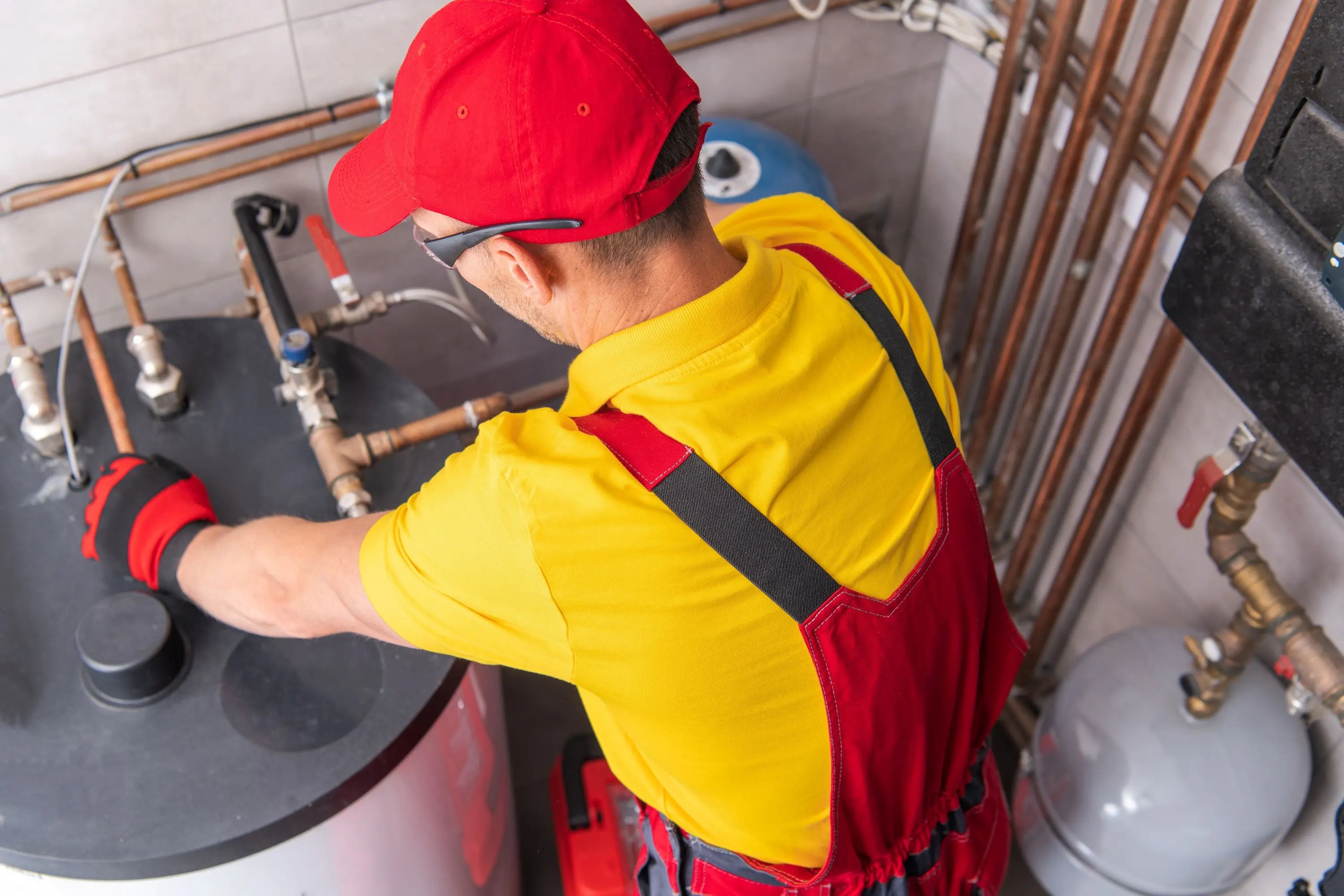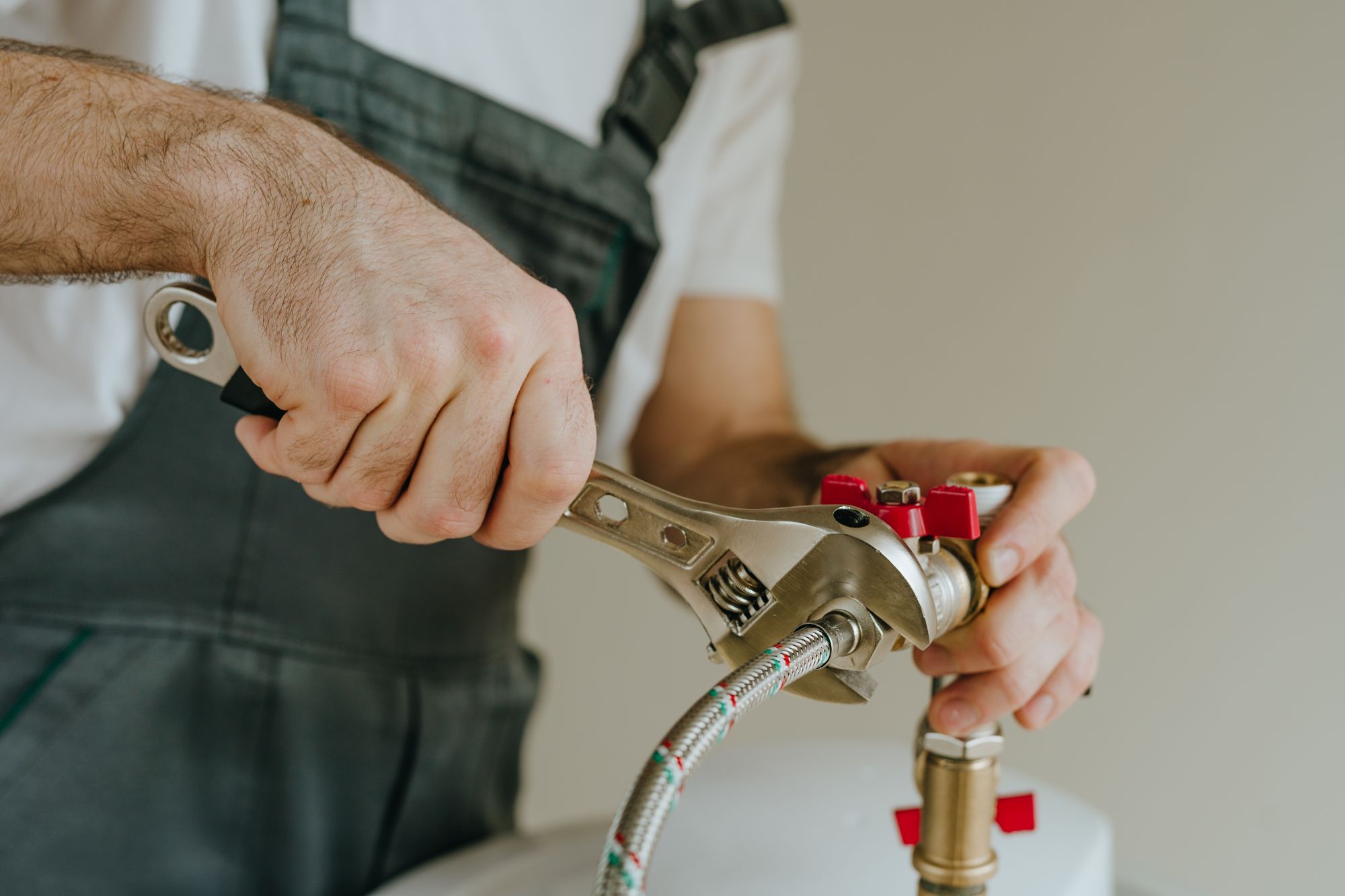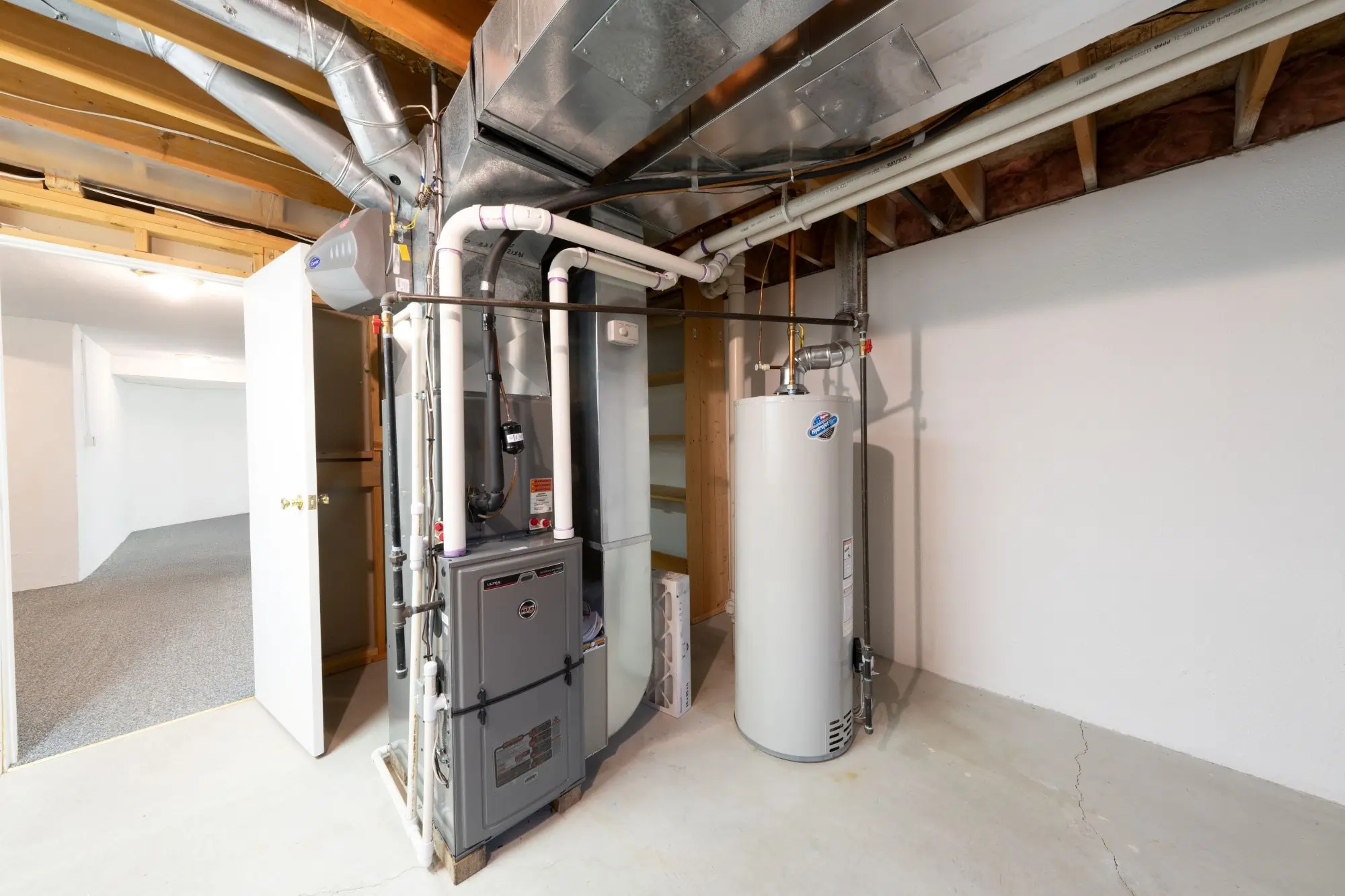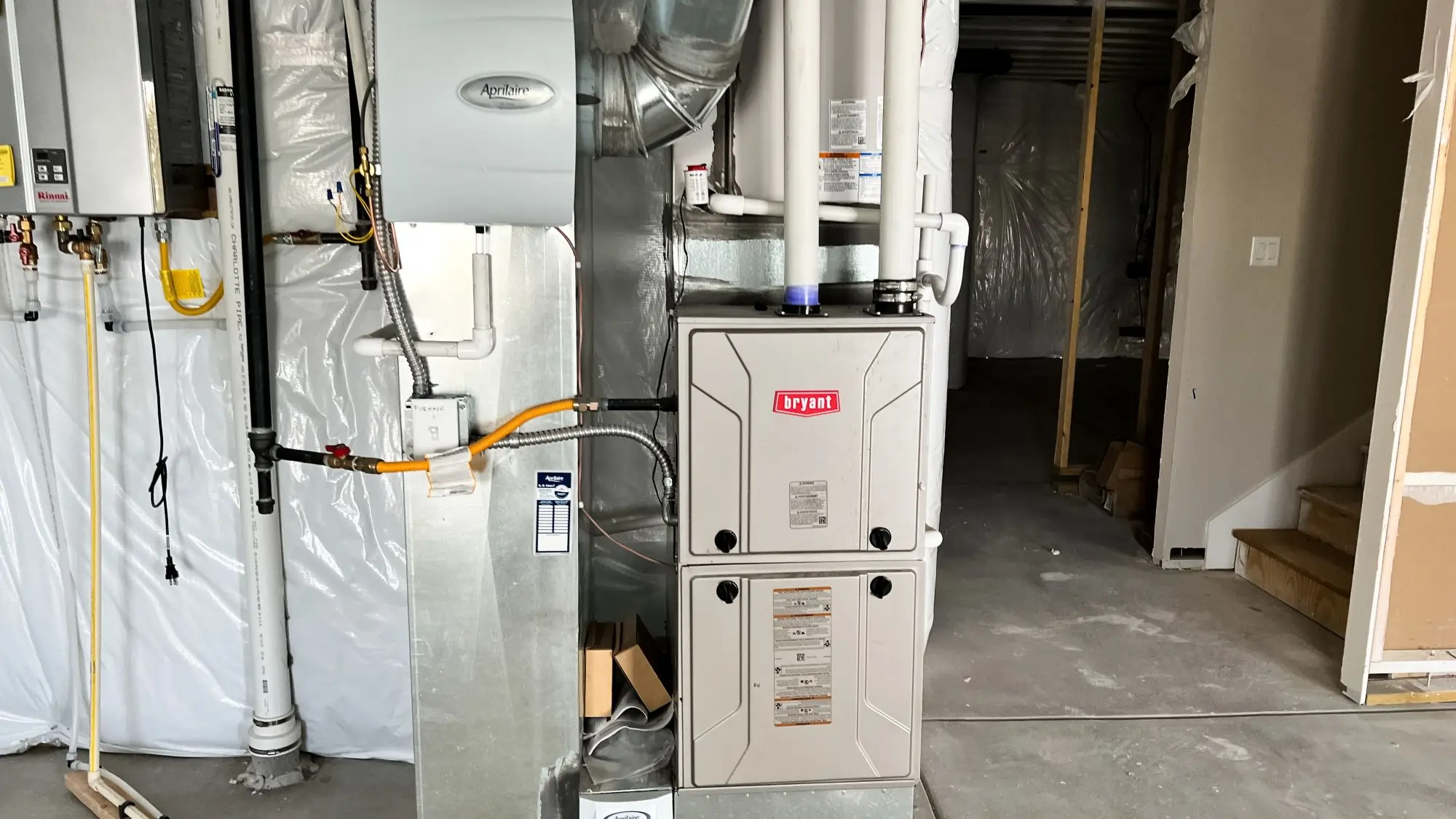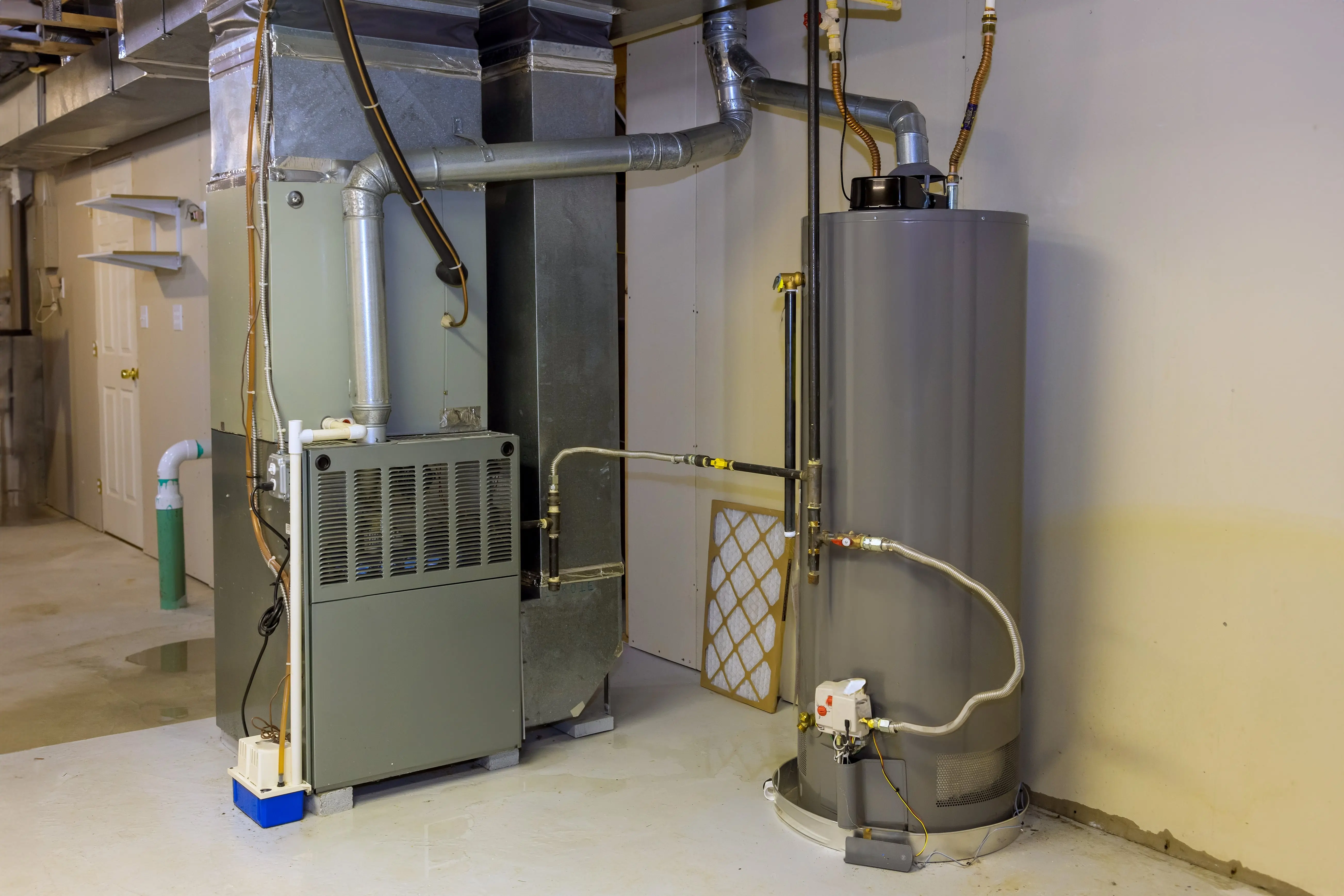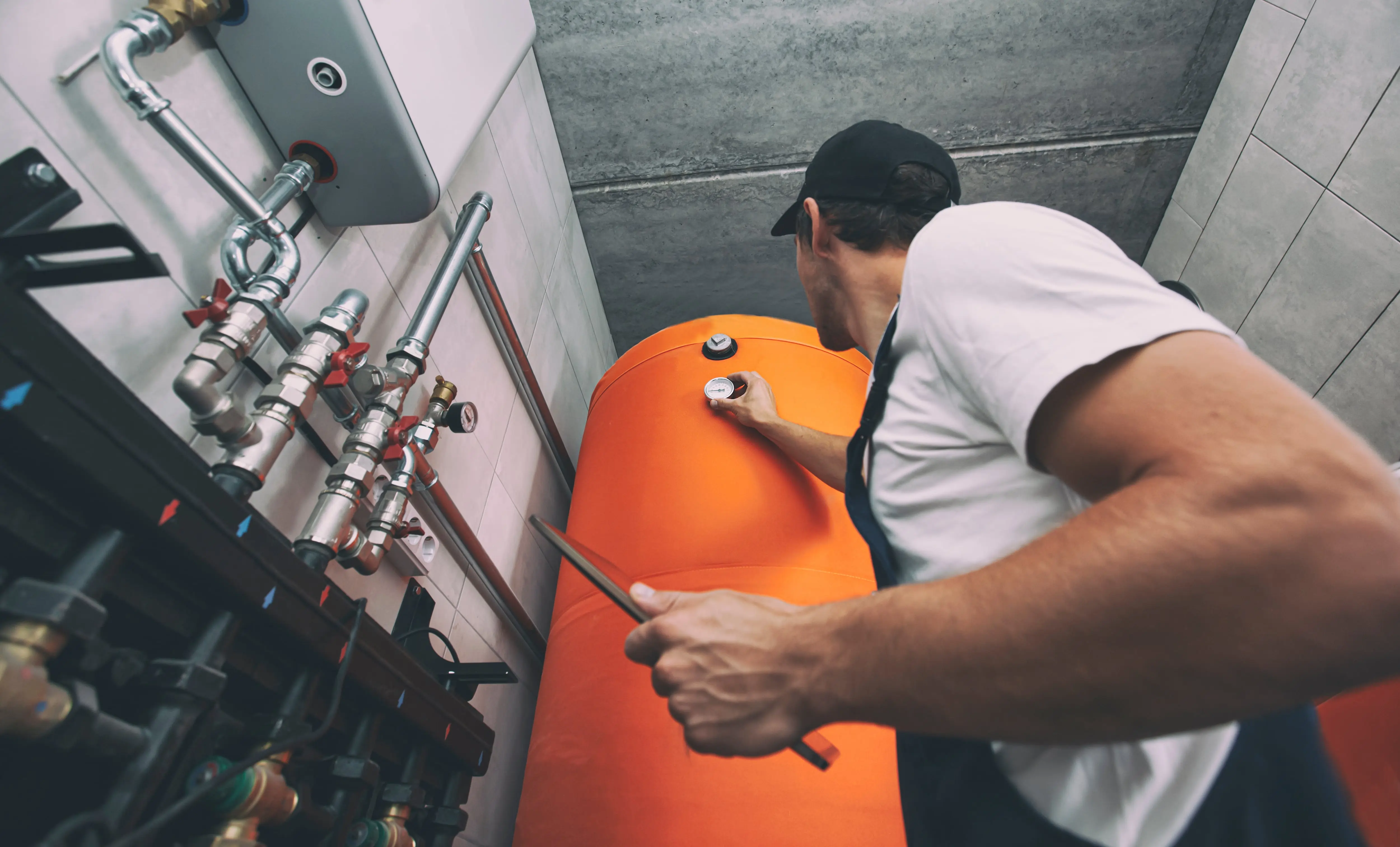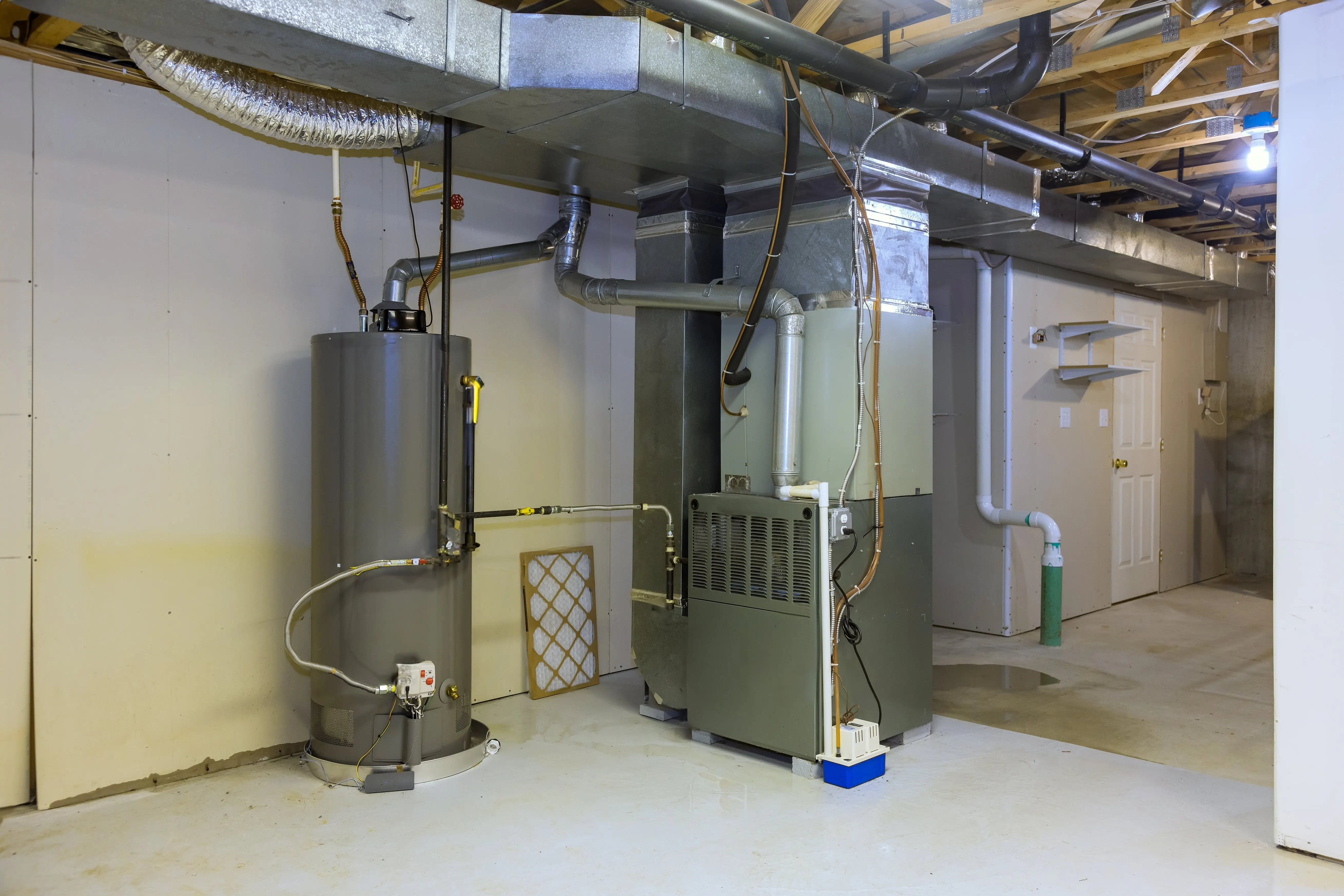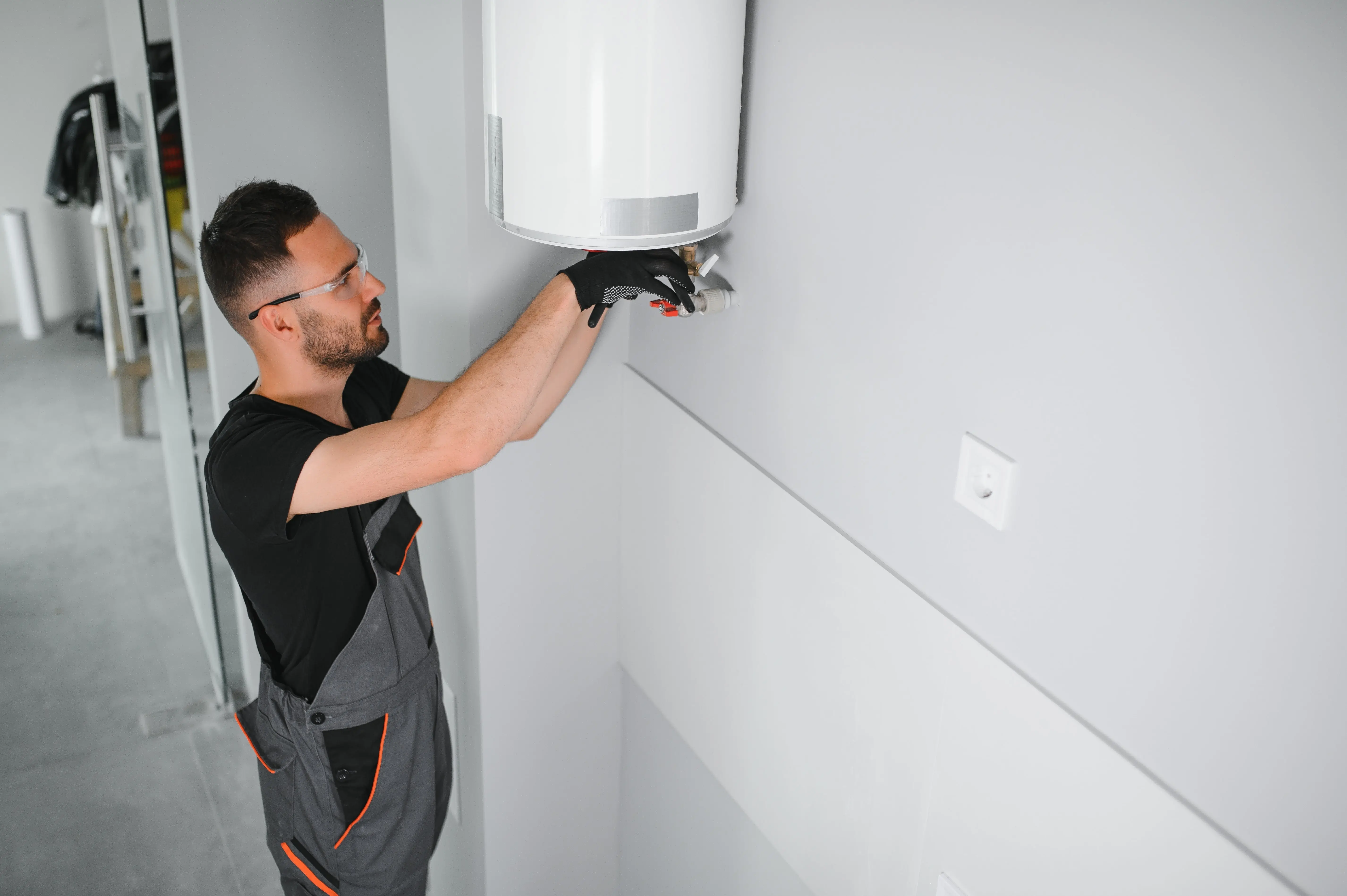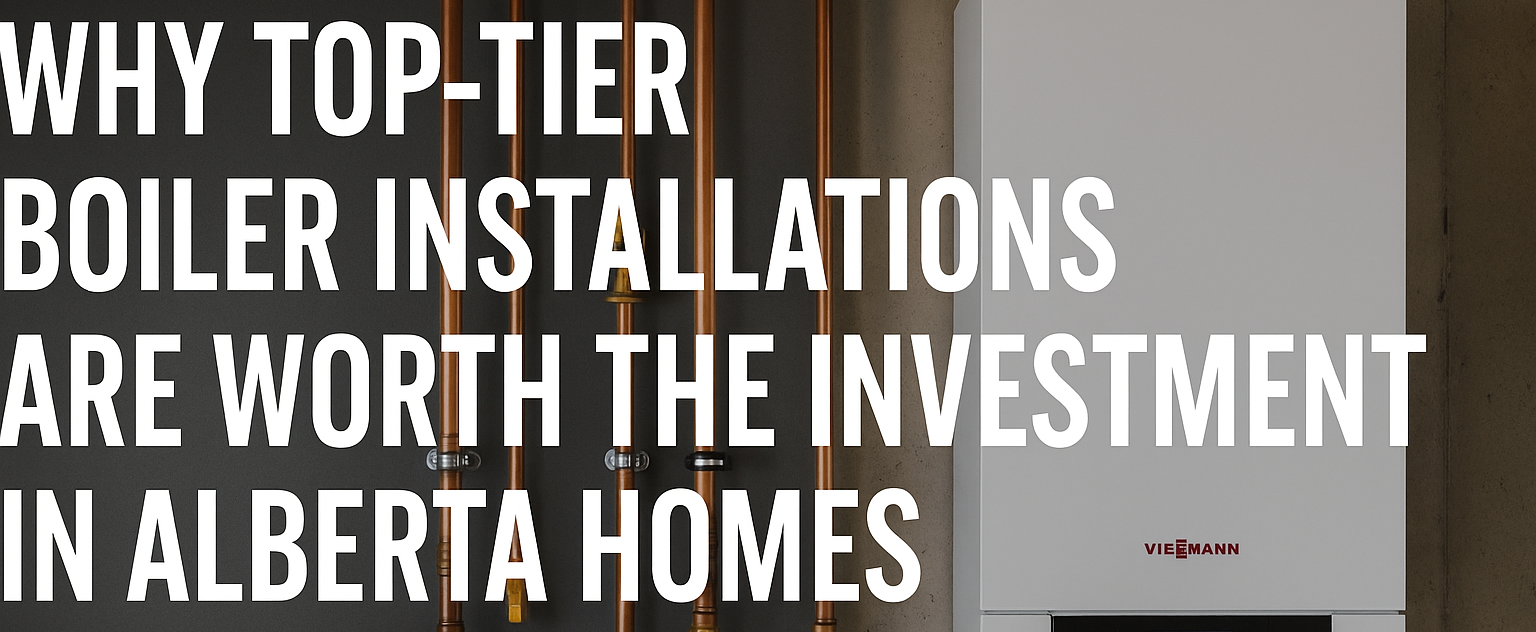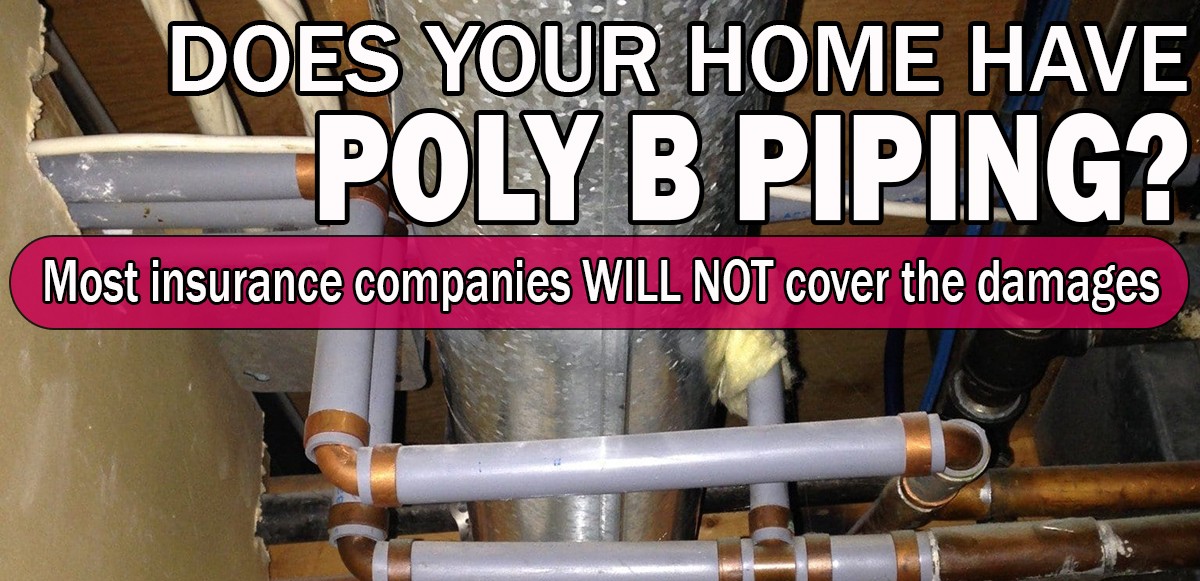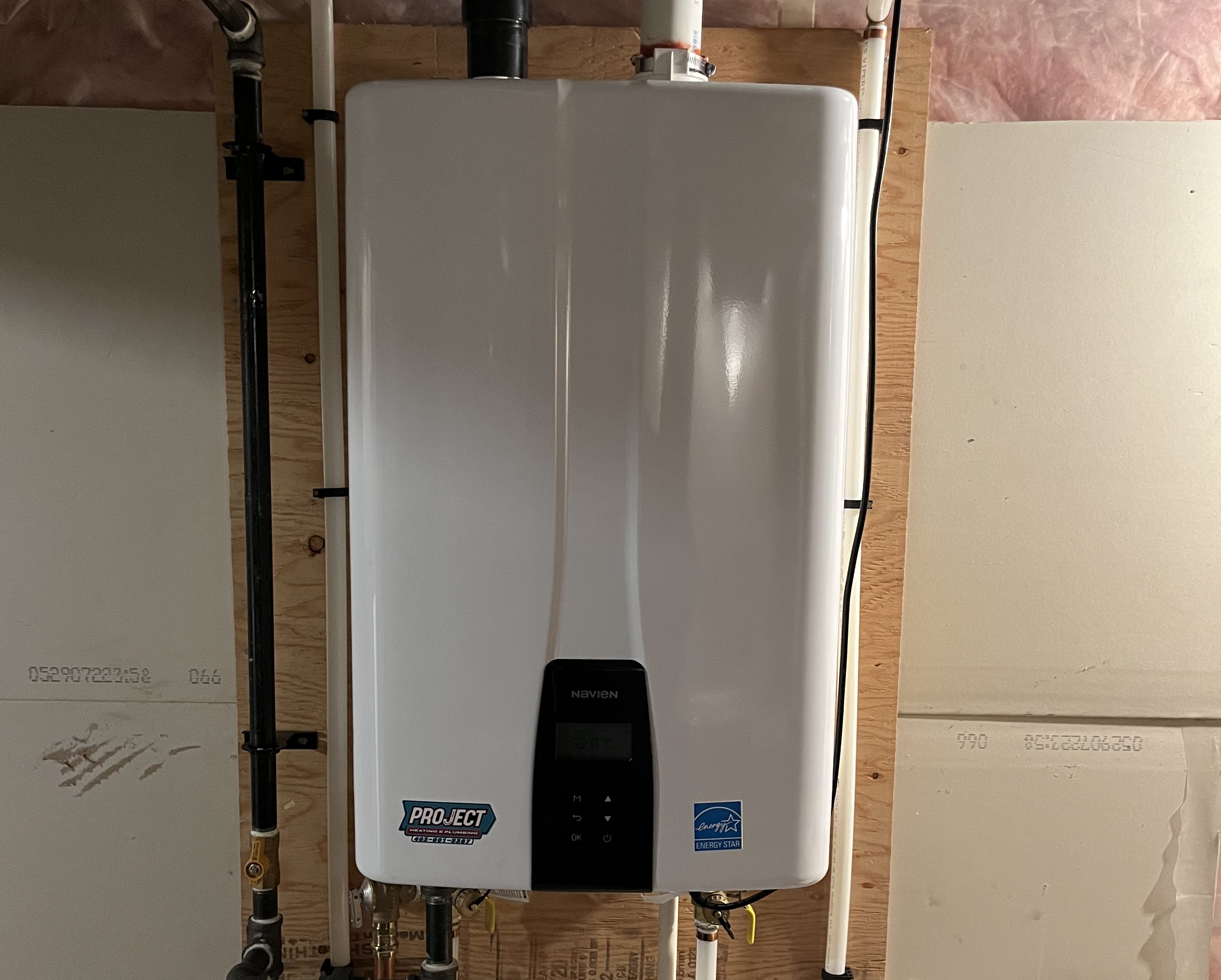The Legacy of Poly-B Plumbing
If your home was built between the late 1970s and the mid-1990s, there’s a strong chance your plumbing system includes polybutylene pipe—commonly known as Poly-B. While it was once marketed as an affordable alternative to copper, Poly-B has earned a reputation for leaks, failures, and expensive damage.
In this article, we’ll explain:
- What Poly-B is and why it was used
- The risks associated with Poly-B piping
- How to tell if your home has it
- The benefits of full replacement
- What your options are in Alberta today
1. What Is Poly-B Plumbing?
Polybutylene (PB) is a type of plastic resin used in water supply piping from approximately 1978 to 1995. It was lightweight, flexible, and easy to install—leading builders to install it widely in new homes across North America, especially in Western Canada.
Poly-B typically has a grey color and may be stamped with “PB2110.” It was commonly used for hot and cold water lines, often with plastic or copper fittings.
2. The Problem With Poly-B: Why It Fails
Poly-B’s downfall wasn’t immediate—it deteriorates over time, often invisibly, until catastrophic failure occurs. The main issues include:
- Chemical breakdown: Chlorine in municipal water reacts with the pipe, making it brittle.
- Micro-fracturing: Pipes can crack from the inside, especially near fittings or where water pressure is high.
- Fitting failures: Early installations often used plastic fittings that warp or split.
- No warning signs: Many homeowners discover problems only after major water damage.
Insurance warning: Many home insurers in Alberta now consider Poly-B a liability. Some refuse to offer full coverage unless the piping is removed.
3. How to Identify Poly-B in Your Home
Look for the following signs:
- Grey, flexible piping connected with metal or plastic crimp rings
- Pipe labeled “PB2110” or “polybutylene”
- Installed in homes built between 1978 and 1998
- Visible in utility rooms, near the water meter, under sinks, or at the water heater
If you’re not sure, we can inspect it for you—many homeowners don’t know until there’s a leak or they’re selling their home.
4. The Cost of Waiting: Hidden Dangers of Poly-B
Poly-B doesn’t always fail dramatically—but when it does, the damage can be devastating. Slow leaks behind walls can lead to:
- Mold and mildew
- Rotten floorboards or insulation
- Wall and ceiling collapse
- Insurance claims denial
And for homes with infloor heating, boiler systems, or on-demand water heaters, Poly-B can jeopardize the integrity of your entire mechanical system—especially under pressure or fluctuating temperatures.
5. Replacement Is the Only Long-Term Fix
There is no approved repair method that guarantees Poly-B won’t fail again. Replacement is the only safe, code-compliant solution.
Today’s replacement options include:
- PEX (cross-linked polyethylene): Flexible, durable, and ideal for retrofits.
- Copper: Long lifespan and excellent pressure handling, though more expensive.
- CPVC: Used occasionally, though not preferred in cold climates.
At Project Heating and Plumbing, we specialize in Poly-B replacement done right—clean installs, minimal drywall disruption, and full compliance with Alberta Plumbing Code.
6. The Replacement Process (What to Expect)
When you hire a pro, Poly-B replacement typically involves:
- Full home assessment
- System mapping and material planning
- Cutting access points in walls or ceilings
- Removing Poly-B and installing new PEX or copper
- Pressure testing, patching, and cleanup
We ensure all boiler, domestic, and zone piping is safe, leak-free, and built to last. For many homeowners, we can complete the job in 1–3 days depending on home size and complexity.
7. Added Value: Resale and Peace of Mind
Removing Poly-B isn’t just about preventing disaster—it’s an investment in your home’s value.
- Higher resale value: Buyers and real estate agents know Poly-B is a red flag.
- Better insurance rates: Most companies offer improved coverage after replacement.
- Increased efficiency: New piping often improves flow and consistency.
If you’re planning to sell, refinance, or upgrade your heating system, now is the perfect time to remove Poly-B.
Conclusion: Don’t Wait for a Leak to Act
Poly-B piping is a ticking time bomb in many Alberta homes. Whether you're dealing with past leaks, planning a renovation, or simply want peace of mind, replacing Poly-B with modern, reliable piping is one of the smartest long-term decisions you can make.
Worried about Poly-B in your home?
Book a professional inspection with Project Heating and Plumbing today. We’ll assess your system, walk you through your options, and give you a clear, honest quote with no pressure.

